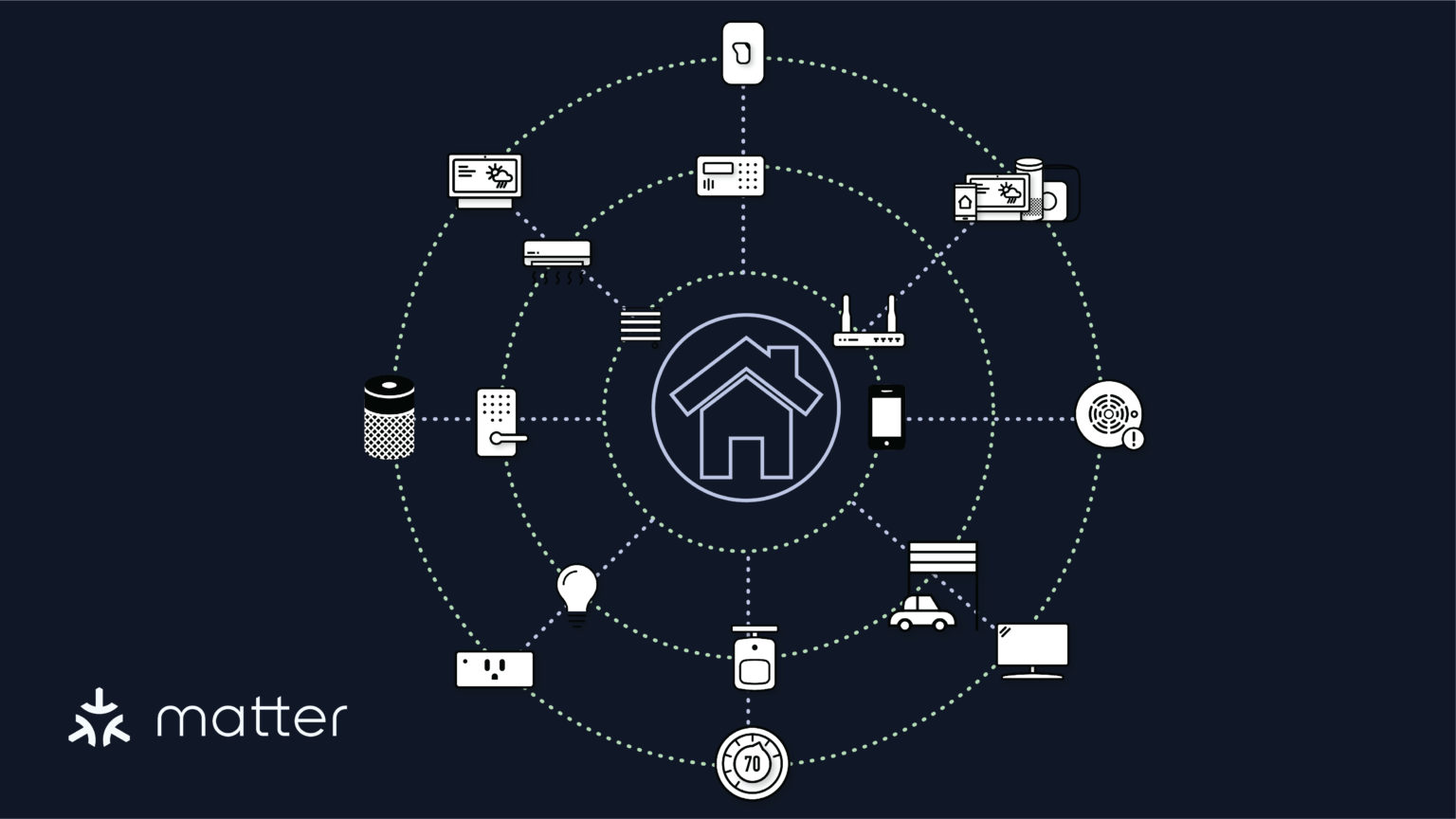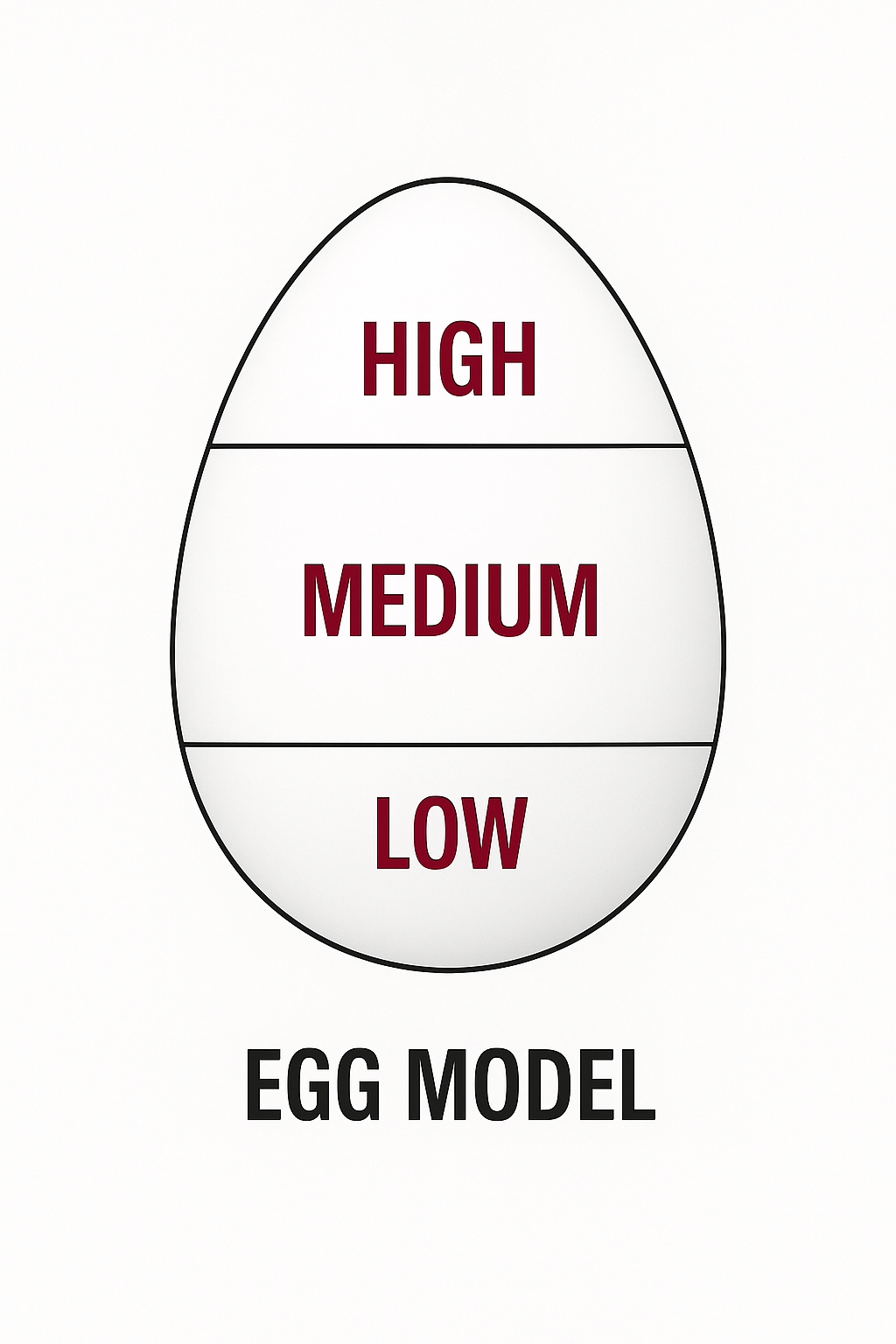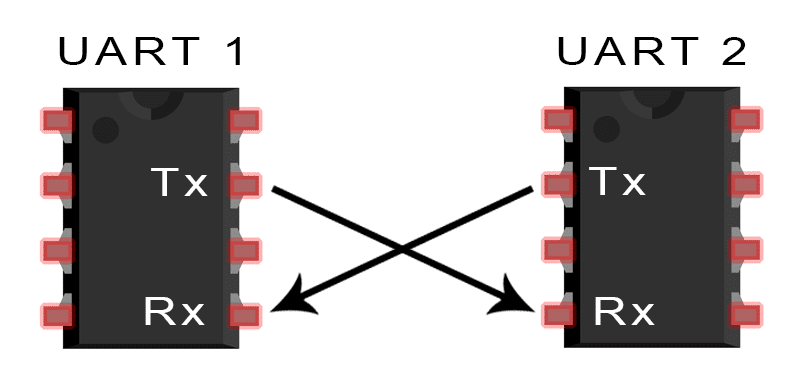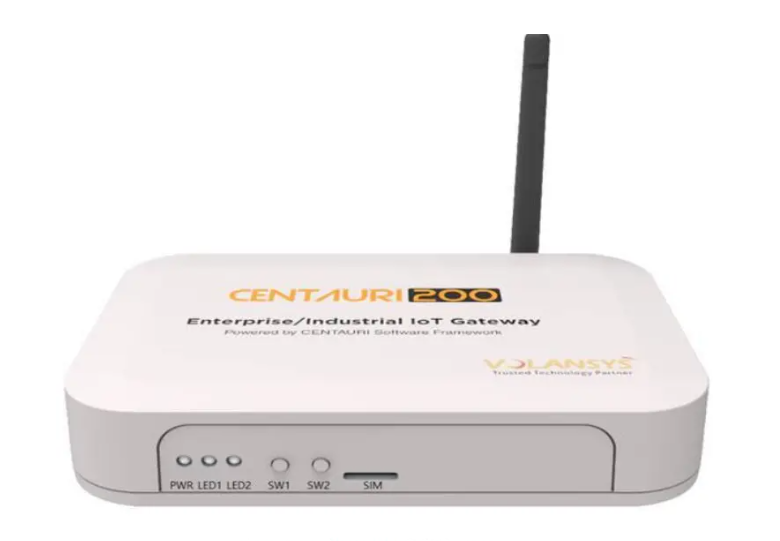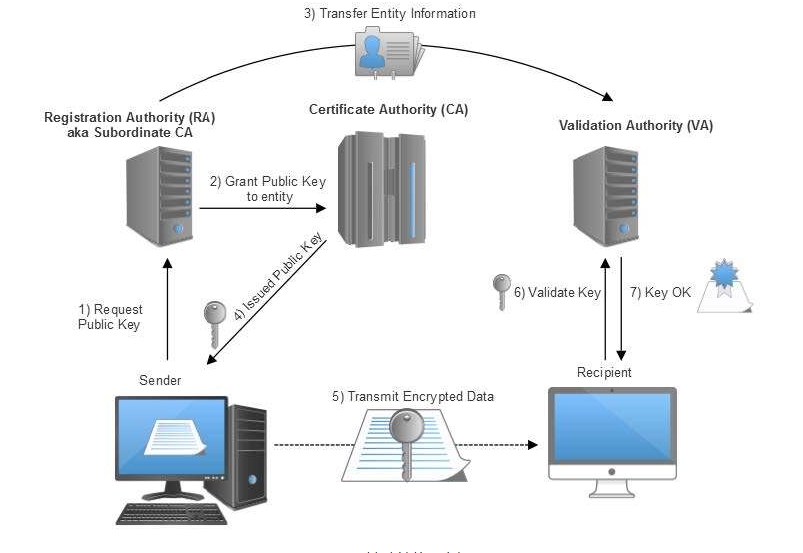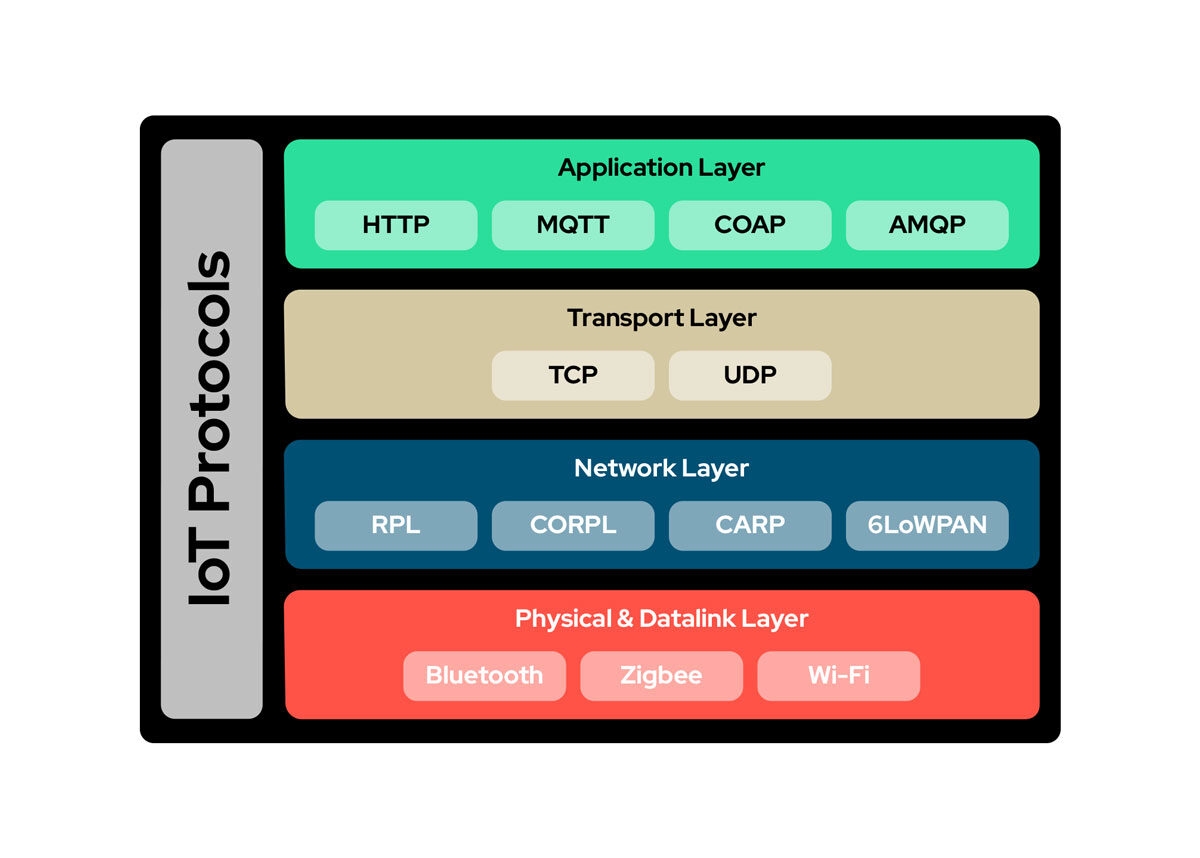Background: fragmentation in smart home
Smart home has been a primary application for the Internet of Things since the early 2000s. As digital technologies advanced, a growing number of consumer devices appeared that bring convenience to daily life. However, users and developers have long faced an ecosystem fragmentation problem.
For example, if a user relies on manufacturer A's smartphone and its associated smart home platform app, a product from manufacturer B may not be manageable from A's app. The user must install B's app in addition to A's. Repeating this across multiple vendors leads to many apps on the same phone. This ecosystem barrier complicates the user experience and increases development work for vendors.
IoT development has been characterized by fragmentation: different application scenarios require different network properties such as high bandwidth, low power consumption, stability, or low cost. This has produced a mix of cellular generations (2G/3G/4G/5G), NB-IoT, eMTC, LoRa, SigFox, Wi-Fi, Bluetooth, Zigbee, Thread, and other underlying communications technologies.
Smart home is typically a local area scenario dominated by short-range technologies such as Wi-Fi, Bluetooth, Zigbee, and Thread, with many device categories and overlapping use. To ensure user experience, vendors often build their own platforms, UI, and proprietary application-layer protocols, which reinforces ecosystem silos and increases cost and workload for product makers and developers.
Formation of Matter
To address these issues, industry stakeholders began seeking a unified application-layer solution.
In December 2019, Google and Apple joined the Zigbee Alliance and, together with Amazon and more than 200 companies and thousands of experts, launched Project CHIP (Connected Home over IP). As the name indicates, CHIP aimed to use IP as the basis for home device interconnection, increasing device compatibility, simplifying development, improving user experience, and advancing the industry.
The original plan targeted a 2020 standard release and 2021 product launches, but that timeline was delayed. In May 2021, the Zigbee Alliance was renamed the Connectivity Standards Alliance (CSA), and the CHIP project was renamed Matter.
CSA released Matter 1.0 in October 2022. Matter 1.1 was released on May 18, 2023.
CSA classifies members as founders, contributors, and adopters. Founders are the highest tier and participated in early drafting and governance. Major founders include companies such as Google and Apple, which contributed key technology: Google contributed its Smart Home network layer and the Weave application protocol, while Apple contributed HAP security mechanisms used for end-to-end communication and local LAN control.
Protocol architecture
Matter is an application-layer protocol built on top of the TCP/IP stack. The protocol stack can be understood as follows: at the bottom are physical and data link layers (Wi-Fi, Thread, Bluetooth, Ethernet); above that is the network layer (IP); then the transport layer (TCP/UDP); and finally the application layer, where Matter operates.
Some technologies such as Bluetooth and Zigbee historically included their own network, transport, and application layers. Matter is not a replacement for those stacks in all cases; instead, Matter currently supports IP-based transports including Wi-Fi, Thread, and Ethernet. Devices using non-IP stacks such as Zigbee or classic Bluetooth can be integrated via bridge or gateway devices that perform protocol translation.
Matter is an open, royalty-free specification that is publicly available for review and implementation. Security is a core design goal: Matter supports modern cryptographic techniques and end-to-end encryption to protect communications from eavesdropping and tampering.
Network model
Because Matter is based on TCP/IP, Matter networks mirror standard IP networking. Matter-capable Wi-Fi and Ethernet devices connect to a wireless or wired router as usual. Thread devices use a Border Router to interconnect with IP networks like Wi-Fi. Devices that do not natively support Matter can connect through Matter bridge or gateway devices that translate protocols and forward traffic to the IP network.
Industry progress
Matter represents a direction for smart home interoperability, and the industry response has been active. Market research from ABI Research projects that from 2022 to 2030 more than 20 billion wireless connected smart home devices will be sold worldwide, with a substantial portion expected to meet Matter specifications.
Matter uses a certification process administered by CSA. Hardware claiming Matter compatibility must complete CSA certification to use the Matter mark. The specification covers a wide range of device types, including control boards, locks, lighting, outlets, switches, sensors, thermostats, fans, climate controllers, blinds, and media devices.
On the vendor side, several companies have obtained Matter certification and begun shipping products. Chip and module vendors have added Matter support in their portfolios. For example, Quectel, a leading module vendor in China and a CSA participant-level member, has contributed to the Matter application layer and released several Wi-Fi modules supporting Matter, including the FC41D, FCM100D, FLM040D, and FLM140D series.
Quectel has published firmware and references aimed at Matter-based lighting and electrical control applications and provides production support services such as QR code laser engraving, automated functional testing, and device burn-in testing.
Conclusion
As an application-layer protocol, Matter aims to reduce or eliminate ecosystem barriers between devices and platforms. Perspectives on Matter vary: some view it as an important unifying step for smart home, while others see it as one of several evolving approaches.
Matter is still in the early stages of market adoption and faces challenges such as certification cost and the long upgrade cycle for installed device bases. Nevertheless, its goal of enabling interoperable smart home devices over IP aligns with the long-term industry objective of improving the user experience of connected home technology.
 ALLPCB
ALLPCB


